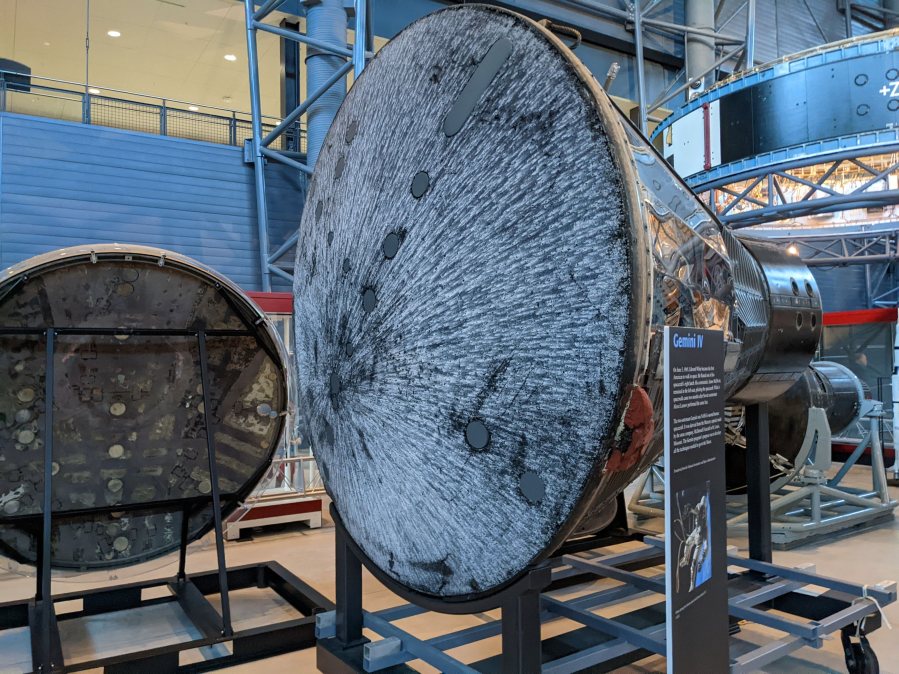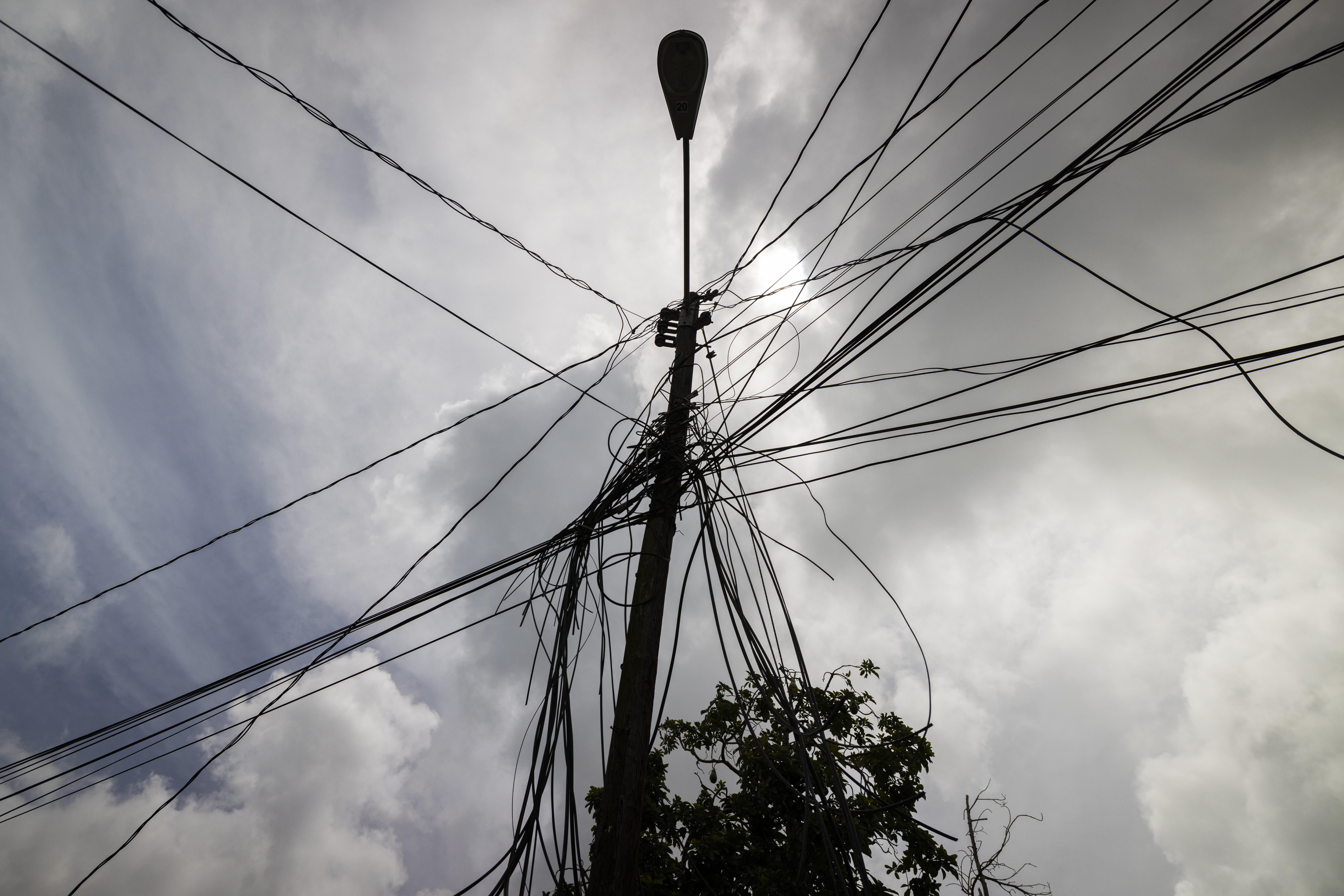HAMPTON, Va. (WAVY) — NASA’s Langley Research Center has been developing an inflatable heat shield.
What is that? It’s a heat shield designed to help crewed and un-crewed missions.
Before we show you that we are going to talk about what heat shields are, and how they’ve helped our spacecraft for the past several decades.

Back in the 1960s during the early crewed missions, heat shields kept our astronauts safe upon re-entry into Earth’s atmosphere.
You can see the charring left behind. The extreme heat is generated as a fast moving capsule gets slowed down by the air in our atmosphere. That creates a lot of friction and heat.
The Mars Perseverance rover also used a heat shield to land on the red planet in 2020.
That brings us to today, with NASA Langley Research Center leading they way on the Low-Earth Orbit Flight Test of an Inflatable Decelerator, otherwise known as LOFTID.



“That provides you with a larger surface area to slow things down. You can use it for larger payloads coming back to Earth. You can also use it to land on Mars in places that we have never been able to reach before because we were limited by how much we could slow things down.” said David Young, Deputy Director at NASA Langley Research Center.
Even though it’s inflatable, according to NASA it’s 15 times stronger than steel. On the outside of the circular bladders of air is a layer to keep out the heat.
“The Thermal Protection System we have of LOFTID will protect it with temperatures up to 3,000 Kelvin.” Young said.
(3000 Kelvin is about 4900°F)
Another benefit to making a heat shield inflatable is that you can cut down on the weight.
“We save mass, and every time you save mass on the thermal protection system and the heat shield, that is more mass you can put on what you want to launch,” Young said.
The test for LOFTID will be launched along with NOAA’s new extreme weather satellite JPSS-2 from California on November 1 at 5:25 EDT.
Learn more about the JPSS-2
JPSS-2 Launch
Learn More about LOFTID
NASA LOFTID Homepage


























